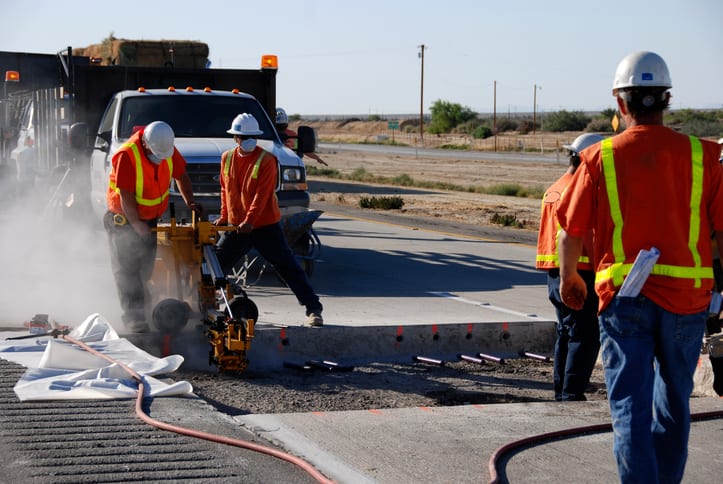On OSHA’s website is a ticker listing the names of the men and women who died while doing their jobs. Out of the 4,800 workers who were killed at work in 2018, one in five of them died on a construction site. It’s a grim reminder that faulty safety processes can be deadly. Also at stake: your company’s reputation, costly schedule delays, higher insurance rates, and expensive litigation.
If you’re a superintendent who is spread too thin or a painter who’s rushed and behind schedule, the lines between what is safe and risky can get blurred. What safety experts know for sure is that most, if not all, construction accidents can be prevented.
You can start looking within your company, regardless of your size, to help you achieve a zero-incident jobsite. Here are some proven steps that will help you get there.
Start at the Top
The more direct participation from the people at the top, the higher the chances of reducing accidents, studies have shown. The idea behind this approach is that when senior leadership–– the CEO or owner/contractor––directly communicates his or her safety expectations to all employees, this establishes personal accountability throughout the company.
“When every employee for every project understands that there’s no daylight between your safety expectations and their accountability, it eliminates a lot of excuses from people who are not conforming,” said Greg Sizemore, vice president of health, safety environment and workforce development at Associated Builders and Contractors, Inc.
There is another thing that happens when leadership drives the safety culture: your workers are empowered to be a part of the safety process and look out for each other.
“They don’t take what Joey’s saying as snitching,” explained Sizemore. “He’s now empowered to walk to someone and tell them, ‘I’m looking out for you, not because I’m smarter, but because I genuinely care what happens to you.’”
Site Safety Committee
Your field staff are your eyes and ears. They most often are the people who have an intimate knowledge of current and future conditions around your jobsite. That valuable insight can help you as a superintendent, foreman, or safety manager head off potential safety risks, correct any hazards, and even help form better and more effective safety policies.
“We have a safety committee and an open-door policy on all safety issues,” says Katy Browning, the project and safety coordinator at the Redhawk Group.
“Our committee discusses issues, new regulations, and tips.”
Redhawk’s safety committee is made up of several field staff, from superintendents to laborers.
While collaboration is vital for helping you get the information you need, the site safety committee approach also empowers and encourages your workers to provide helpful solutions and speak up in an industry that’s historically been resistance to reporting safety issues.
New-Hire Safety Orientation
The type of safety education and length of time you provide for new-hire orientation can have a dramatic effect on the number of safety incidents, a recent study showed.
Companies that incorporated an in-depth indoctrination of new hires into the safety culture and processes had a 50 percent lower incident rate than businesses that provided only basic safety and health compliance topics, according to an 2019 ABC Safety Performance Report.
Time spent on the training also made a huge impact. Companies that held new-hire orientation safety sessions of more than three hours compared to those who spent 30 minutes on safety issues, found their Total Recordable Incident Rate (TRIR) improved by more than 90 percent!
Why does it work? The new-hire orientation is where you can begin to establish your safety culture. More importantly, safety becomes a fundamental part of your project’s overall planning and execution process.
Document It
There are a lot of ways you can approach the challenge of heading off potential safety issues, at the top of the list is sticking to the basics: stay proactive and prepared with documentation.
Using software to document and track vital safety information can save a lot of time. It can also help identify previous injuries and accident trends. Once you have identified and understand the risks, you can either eliminate or correct them or establish safer processes to manage them.
This type of data could be especially useful when establishing new safety practices and even help identify the less obvious hazards.
The construction industry has begun to shift from a proactive nature as opposed to reactive when it comes to safety performance. Still, with three construction-related fatalities happening every day, there still remains room for improvement.
“We’ve recognized that there is a significant opportunity for companies to move from their current safety performance to achieving world-class safety,” said Sizemore.
“Every incident, every accident on every project, everyday is entirely avoidable.”
If you liked this article, here are a few eBooks, webinars, and case studies you may enjoy:
The Future of Construction Safety
Construction Quality and Safety: Reducing Rework While Achieving Zero Incidents and Accidents

Leave a Reply